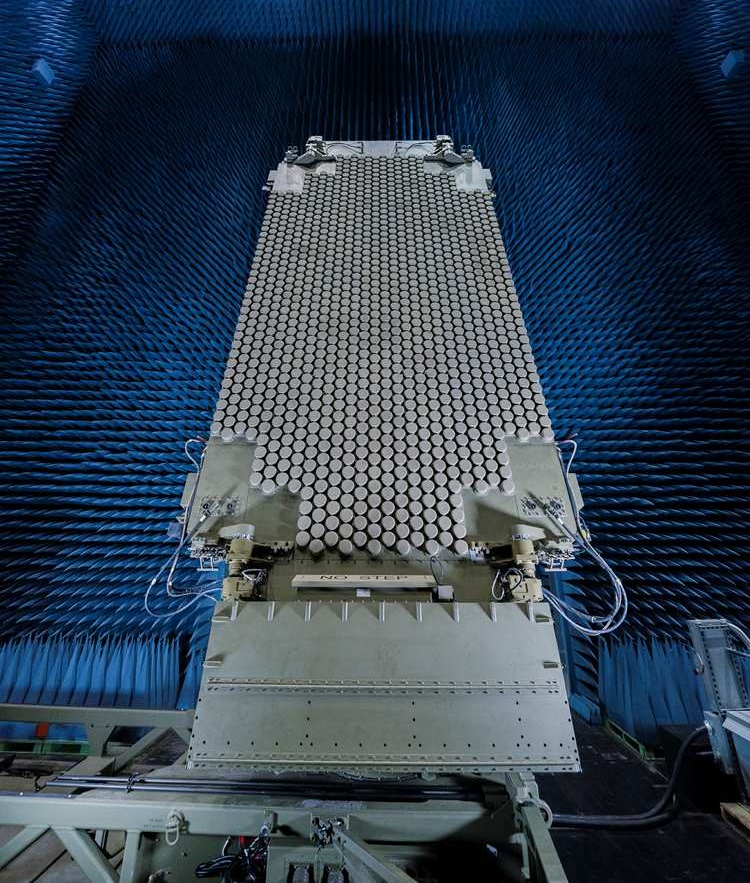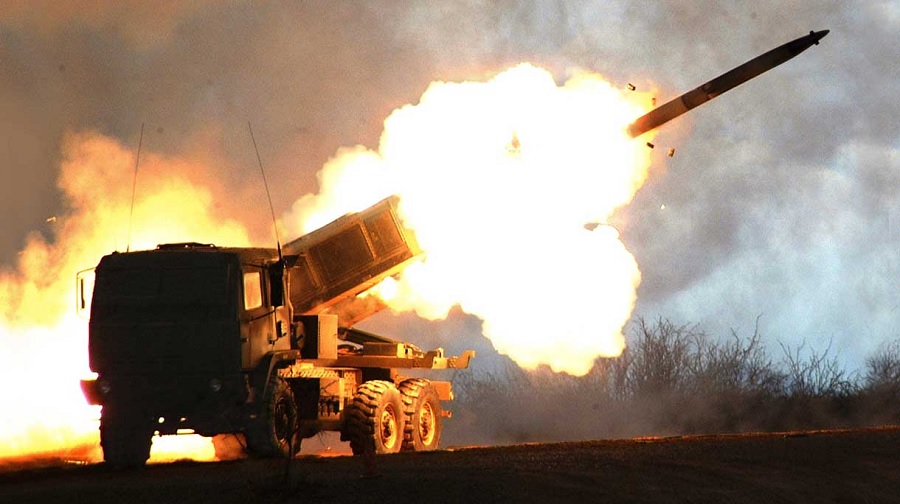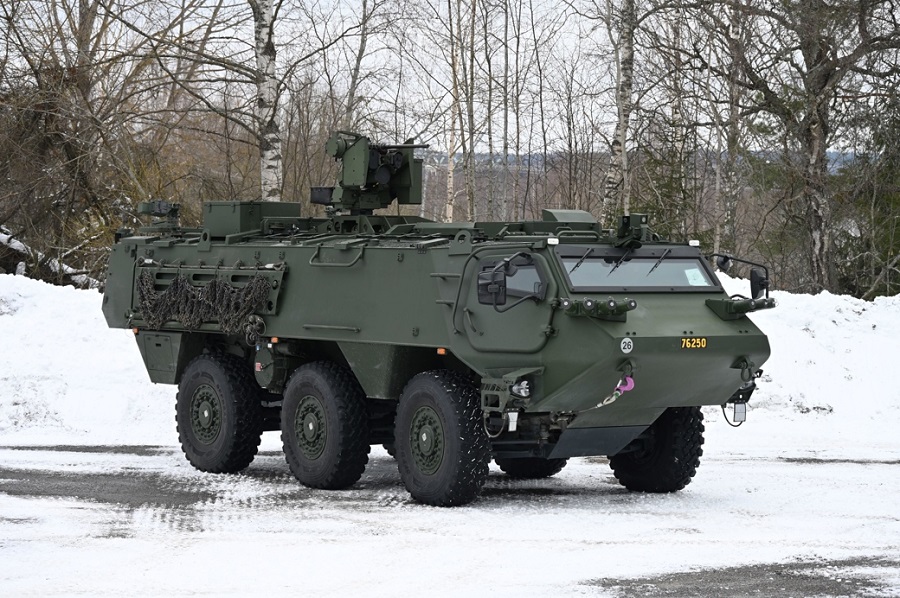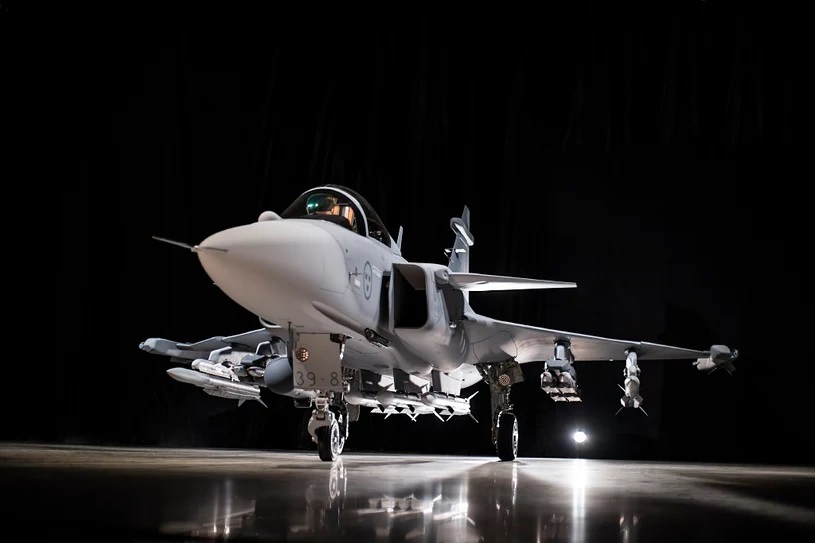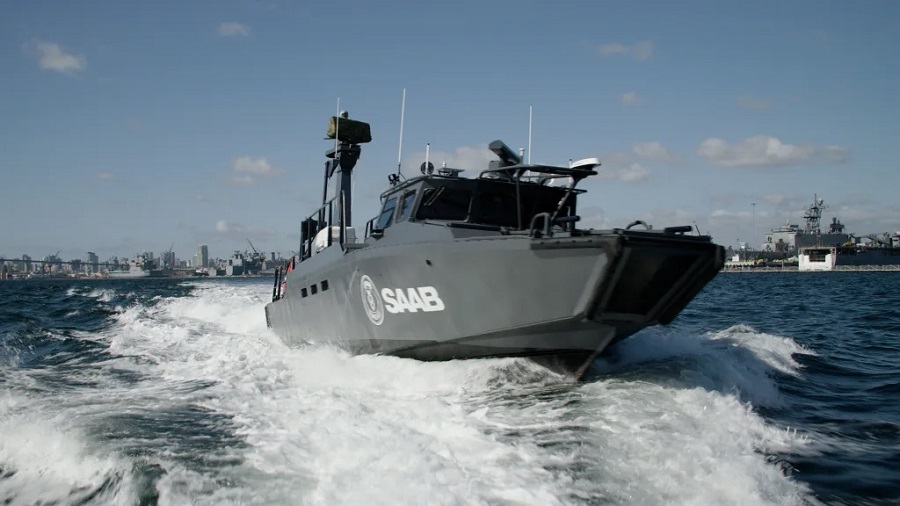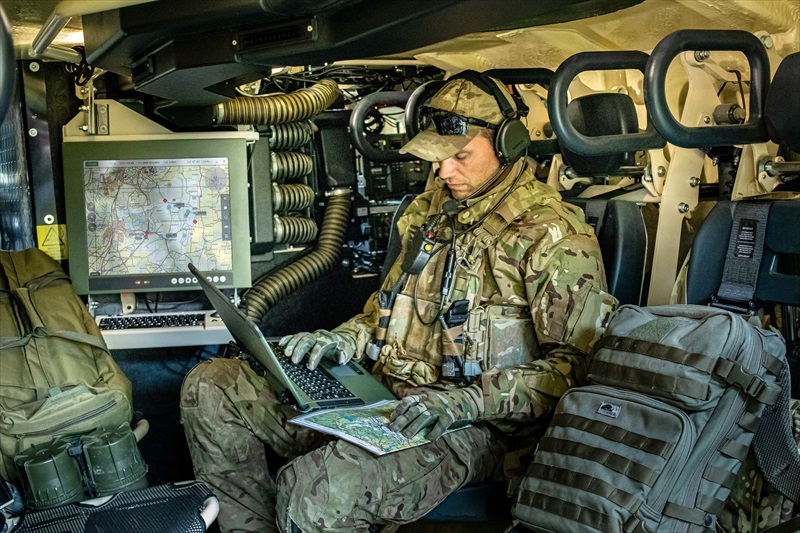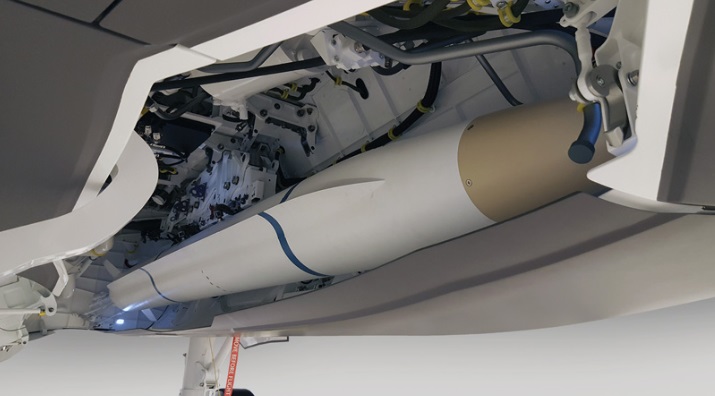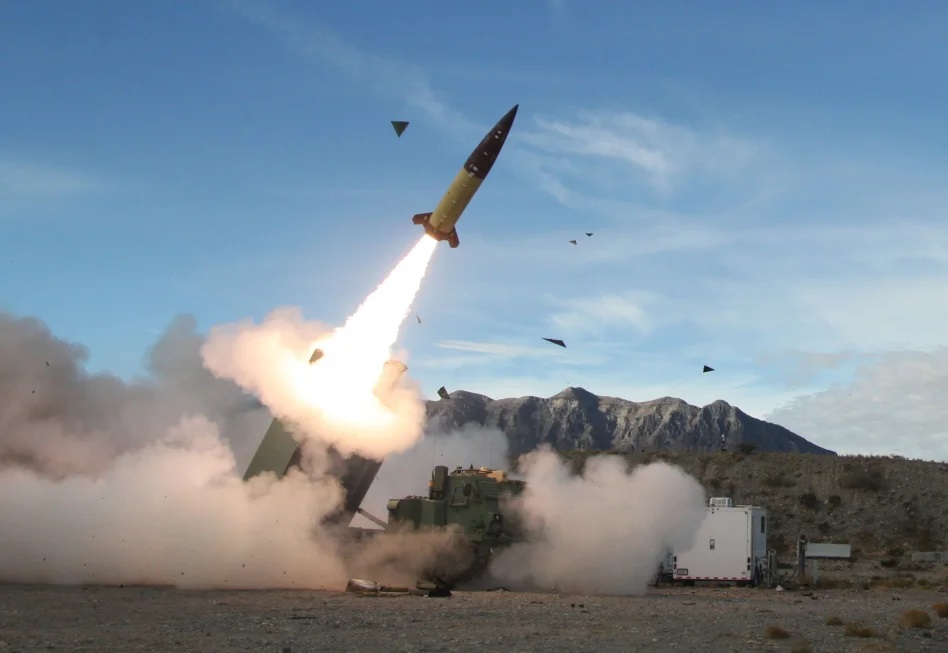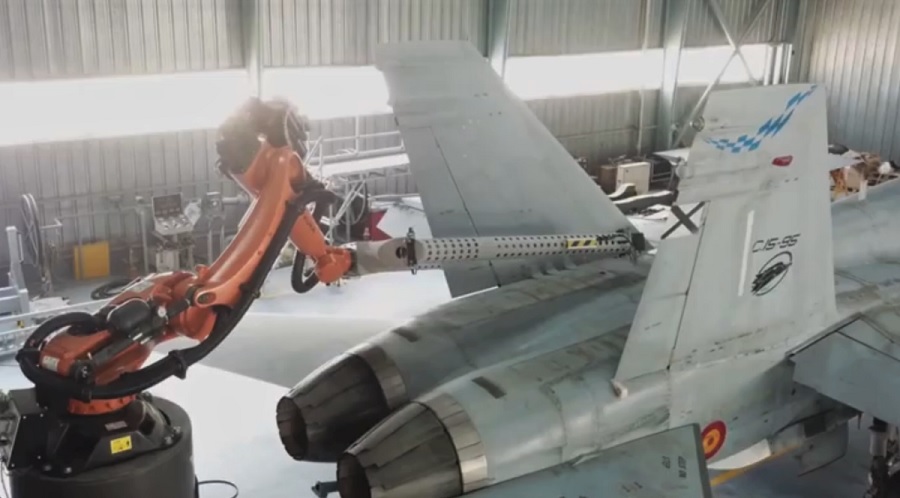On November 16, Lockheed Martin Missiles and Fire Control successfully conducted a 16 km flight test for the Joint Air-to-Ground Missile-Medium Range (JAGM-MR) at Naval Air Weapons Station China Lake. This successful flight test demonstrated JAGM-MR’s increased range, tri-mode seeker incorporating a near infrared (NIR) sensor and an electromechanical control actuation system (EMCAS).
“As the customer’s needs evolve, we look to develop a product that puts us on a roadmap to proactively meeting those needs by being the best option when they are looking for a solution,” says Joey Drake, program management director of Air-to-Ground Missile Systems at Lockheed Martin Missiles and Fire Control.
Our U.S. Army customer’s current munitions lack the range needed to defeat near-peer adversary threat systems so they’ve identified reach, lethality, survivability and platform commonality as key priorities as they explore solutions to address this gap. These were the main drivers behind the JAGM-MR Internal Research and Development (IRAD) program.
The JAGM-MR team has spent the last couple years taking this from a trade study to a flight test. The hard work and collaboration of the JAGM-MR team is what has driven the planned product improvement project to a potential turnkey solution for the government and future end users.
Extended Range Introduces Future Opportunities
The successful execution of the JAGM-MR flight test demonstrated the 16 km range capability of the missile when ground launched — doubling the range of what the current JAGM system can reach. The extended range is a crucial benefit for the customer when it comes to allowing them to engage in missions they would not have previously been able to because of the current 8 km range limit of JAGM.
The increased range from 8 km to 16 km allows for increased survivability of JAGM-MR’s end user, by affording stand-off engagements of both stationary and moving targets.
“The extended range gives the warfighter more flexibility to engage in certain scenarios that may be too risky or dangerous with the current capabilities.” says Breon Page, principal investigator on the JAGM-MR team.
Since November 2021, the JAGM-MR team has conducted six static motor firings, including operational hot and cold environmental testing, in preparation for the 16 km ground-launched, live-fire flight test. In July 2022, the team also conducted risk-reduction testing to prove out the changes to the tactically representative flight motor and ignition system prior to the flight test event.
“When I think of JAGM-MR and the things our team is doing, I really see it as being the next iteration in our JAGM product line that continues this product into the next decade-plus,” says Page. “I’m just really excited for the potential that this IRAD project has to balloon into something much bigger that can be around for a very long time.”
Tri-Mode Seeker Enhances Missile
During the November 16 flight test, the tri-mode seeker’s sensor was actively collecting data to help mature the design for next year’s planned tri-mode guided flight test.
“We definitely have some more to learn on the implementation of the tri-mode system in order to have it functionally ready to eventually conduct a guided missile shot next year” says Page.
Not only does the tri-mode seeker technology look to engage with targets using enhanced precision guidance, but the low-cost technology used in producing it addresses the concern of providing a product that not only demonstrates performance excellence but can be made commercially available at a low-cost price point.
Addressing Obsolesce and Affordability
“The whole objective behind the program is that we can provide these additional optimizations and performance at a cost point very close to where you’re at with the current production JAGM,” says Page.
Previous discussions of a medium range missile variant of JAGM were met with cost-prohibitive concerns, whether it was concerns because of the camera technology needed for the seeker or concerns about the additional hardware needed to integrate the third mode into the system and getting it to properly function.
Path Forward for JAGM-MR and its Planned Product Improvements
Lockheed Martin’s investments in JAGM provide mature technologies and crucial capabilities that allow the customer to be ahead of ready — preparing them for the challenges they face on the battlefield and in today’s complex and ever-evolving threat environment.
This article was originally published on Lockheed Martin website.





